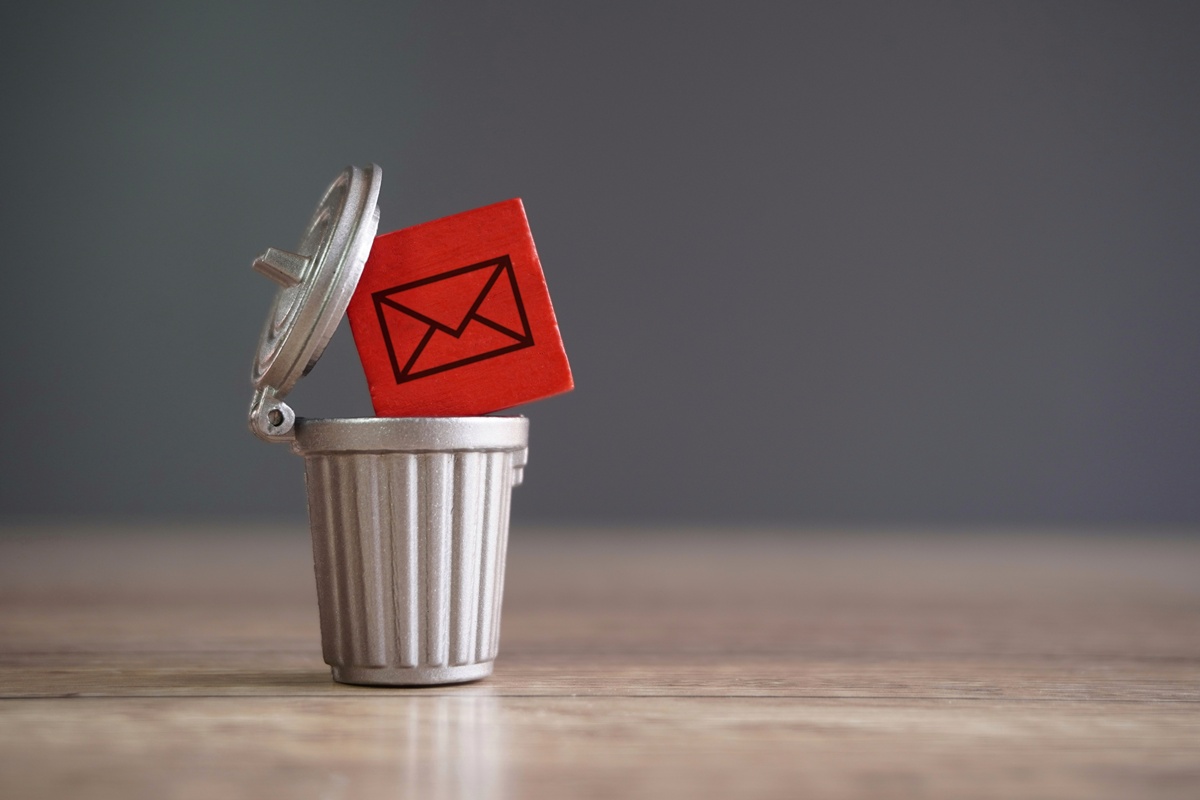May 07, 2025
Consumers still read emails, but only the ones they trust

A new survey confirms what most inbox-weary marketers already fear: consumers are still checking email, but they’re quick on the spam trigger.
According to ZeroBounce’s 2025 Email Statistics Report, 93% of consumers check their email every day, yet 80% admit they mark messages as spam based purely on how they look at first glance. That means your email could get binned before it’s even opened, all thanks to a subject line that sounds just a little too eager.
It’s not only the tone that turns customers off, it’s the lack of permission. Almost 50% say they’ll flag an email as spam if they never explicitly asked to receive it, putting pressure on brands to rethink not just how they write, but how they collect subscribers in the first place.
Still, email is alive and well. It remains a powerful draw for discount-seekers: 41% say they actively look for promotional emails when hunting for deals. The problem is that consumers want relevance and restraint.
ZeroBounce founder and CEO Liviu Tanase said: “Email is a powerhouse – both in the workplace and in marketing. But our survey shows consumers are becoming more cautious about spam and phishing attacks. The majority mark emails as spam at the slightest sign of suspicious content. To land in the inbox, companies must send valuable emails at the right intervals and ensure those emails look legitimate. Prioritising trust and relevance will drive engagement and improve long-term email deliverability.”
ZeroBounce’s report shows that 46% of consumers open brand emails when the content consistently hits the mark. But overshare, and it’s over since excessive sending is a fast track to the unsubscribe list.
Email providers like Gmail and Outlook not only ignore spam complaints, they penalise them. For bulk senders, even one complaint per 1,000 emails can land campaigns in the digital equivalent of a black hole.




